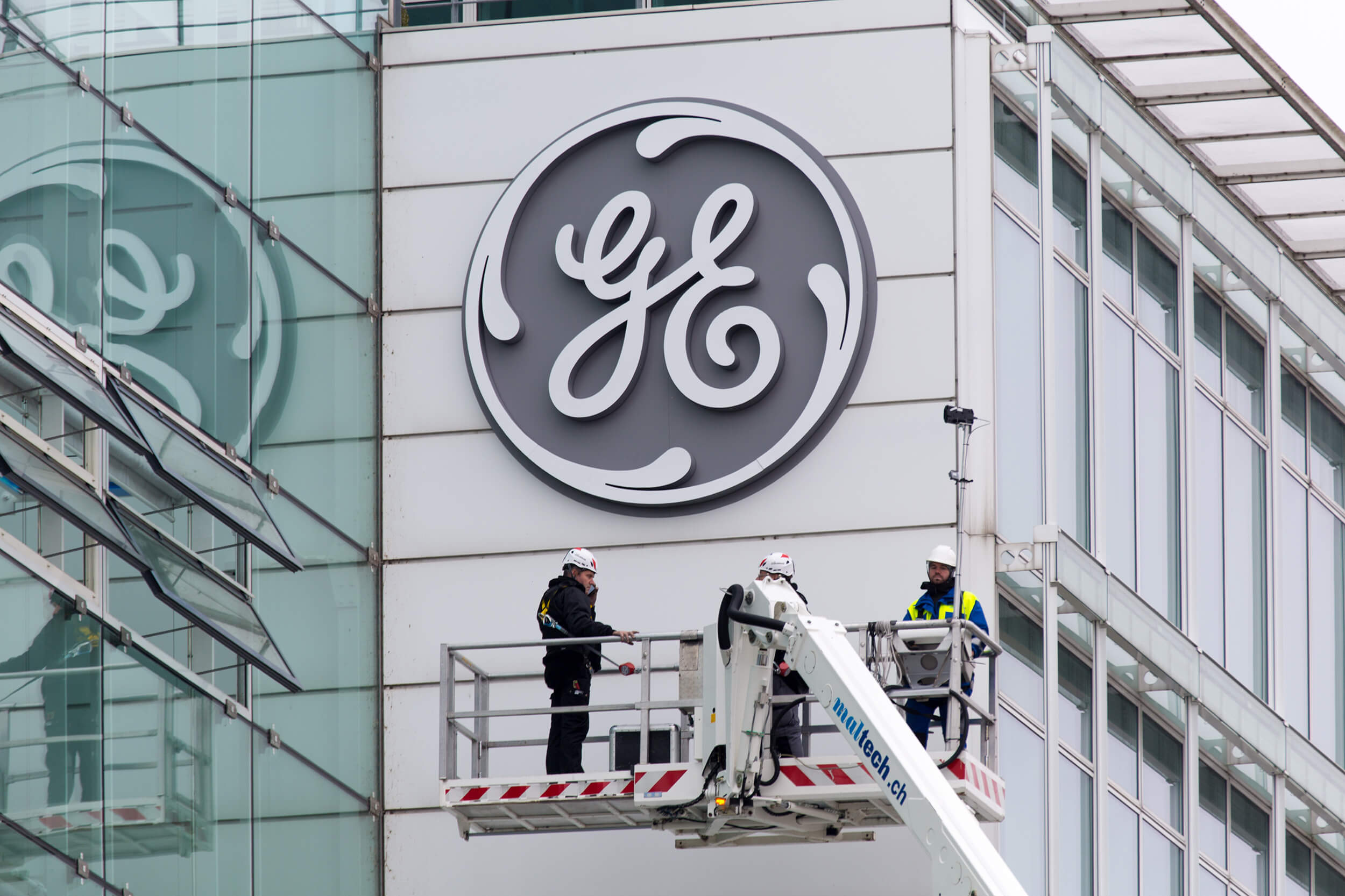5 CASE STUDIES ABOUT SUCCESSFUL CHANGE MANAGEMENT 2 | GOALIFY
Part 2: The significant changes after applying OKR in your progress of the revolution
Goalify will continue to analyze three more cases regarding to the development of some worldwide organizations’ operation. These case studies will illustrate the importance of aligning and innovation that effectively helps one company puts OKR in to use at each of their development stage.
1. Toyota

As the result of World War II, Japanese car market including the suppliers was nearly destroyed. In the other hand, Ford and General Motors - two of the biggest car manufacturers that time - took the chance to stepped in this fertile market and then blocked every move of all Japanese car factories.
Realized the situation, Mr Taiichi Ohno - a car engineer of Toyota Company - has persuaded his managers to change their way of work from mass-produce to produce their product following a defined plan in a period, so that their company could survive to race with other American car producers. Mr. Ohno also thought that instead of having to pay for a huge number of machine, tire, etc. and pay for the rental to store those auto parts as well, this new method would benefit both Toyota and their customer because:
- The company and their customers would not have to pay much for the space rental to store their products and all the auto parts.
- This method also allowed the customers to receive their goods in time when they were ready to use it.
- In addition, Toyoto would have more capital to work on other activities, create opportunities to earn more revenue and the company would not have to worry about inventory.
Thanks to Mr. Ohno’s suggestion, Toyota has carried out a new plan of production that went with time, not mass-production. Toyota’s new plan is still balanced with the old one, Mr. Ohno’s ideas has helped to change a part of a stiff and complex working process of some Japanese car manufacturers become easier and clearer though.
2. General Electric

At the moment Jack Welch took on the executive position of General Electric in 1981, the company’s value on marketplace was just $12 billion. However, 17 years later, GE’s value raised to $280 billion when he decided to leave his seat.
Welch’s main mission when he was GE’s CEO was that helps the corp to improve by every method he could think of. And he realized that GE needed a complete change in their structure, so that Welch made a decision to apply Six Sigma in 1995. This method was to reduce mistakes and disadvantages in the working process, including both the transaction and manufacture. Six Sigma would test the process again and again, eliminate any error during the progress so that the whole activity could be as perfect as possible.
5 years after implementing Six Sigma in the organization, GE had saved the amount of $10 billion - this bunch of money might be even more if there was no Six Sigma to solve and remove almost all the problem. Instead, Welch announced that he spent half of his time at work to work on, analyze and solve problems regarding to his people.
By rearranging his employees to places that are suitable for their capability as well as training, improving them, boosting their performance and understanding the management methodology, Welch has achieved success when turn GE from a relatively strong company to a leading corporation in the marketplace.
3. Amazon

Amazon - an electronic commerce has experienced many changes since the first time it was on air in 1995, under the lead of Jeff Bezos . Amazon established its first office in Seattle, launched the website which was used to sell book, and book only. Bezos and his partners gradually widened the service of Amazon to selling CD and DVD.
But Amazon never bring its inventory this company sold to a standstill. Bezos wanted his company to be the biggest e-commerce all over the world, therefore, he has done his best to achieve that goal through more than two decades by promoting new products, launching Amazon Prime, introducing Amazon Instant Video, etc.
Nowadays, Amazon has sold more than 200 million products to worldwide customers. Many critics, however, claimed that Amazon has not enough capital to ensure any investment. Everything changed in the end of 2015 when the value of this company reached to the price of $440 Billion.
But that’s not everything Bezos wants to do, he and his partners even plan to deliver goods to his customers by drones. And it seemed to be not enough for Bezos, he hoped that Amazon would be able to release more than 16 movies every year. What’s more? In 2017, Amazon honorably received 3 Oscars.
Amazon appeared to be a continuously changing organization. Up until now, they are successful because they always treat every customer as a special one.
And those are all the cases that imitate the success in organizational change. How about yours, is it the time to move ahead along with the change in your own company?





